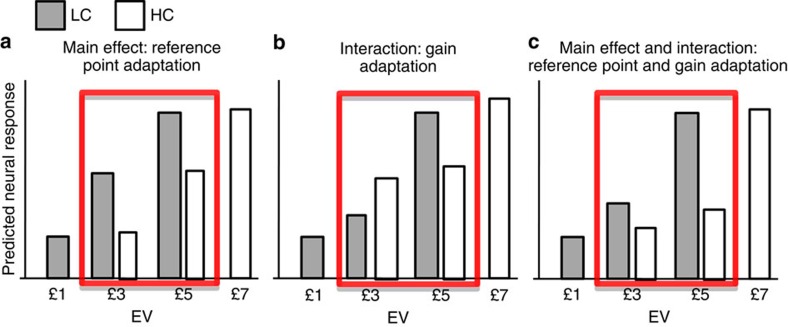Figure 3. Predicted neural response at option presentation in the two contexts for different EVs, as postulated by different hypotheses.
(a) According to an hypothesis of a neural reference point which reflects the average contextual EV, a lower reference point is predicted in the low-value context (LC; in grey) compared with the high-value context (HC; in white), leading to larger responses for £3 and £5 EV (highlighted in red) in the former context. Note that the difference in brain activity between £5 and £3 choices is equivalent in the low and high-value context. (b) According to the hypothesis that the neural gain increases in low-value contexts, the difference in activation between £5 and £3 choices is larger in the low compared with high-value context. Note that the overall activity when comparing EVs common to both contexts is not necessarily different, as exemplified here. (c) Several models of non-linear normalization predict in the low-value context both larger response for EVs common to both contexts and increased difference in activity between £5 and £3 when comparing the two contexts. These predictions are shown here.

